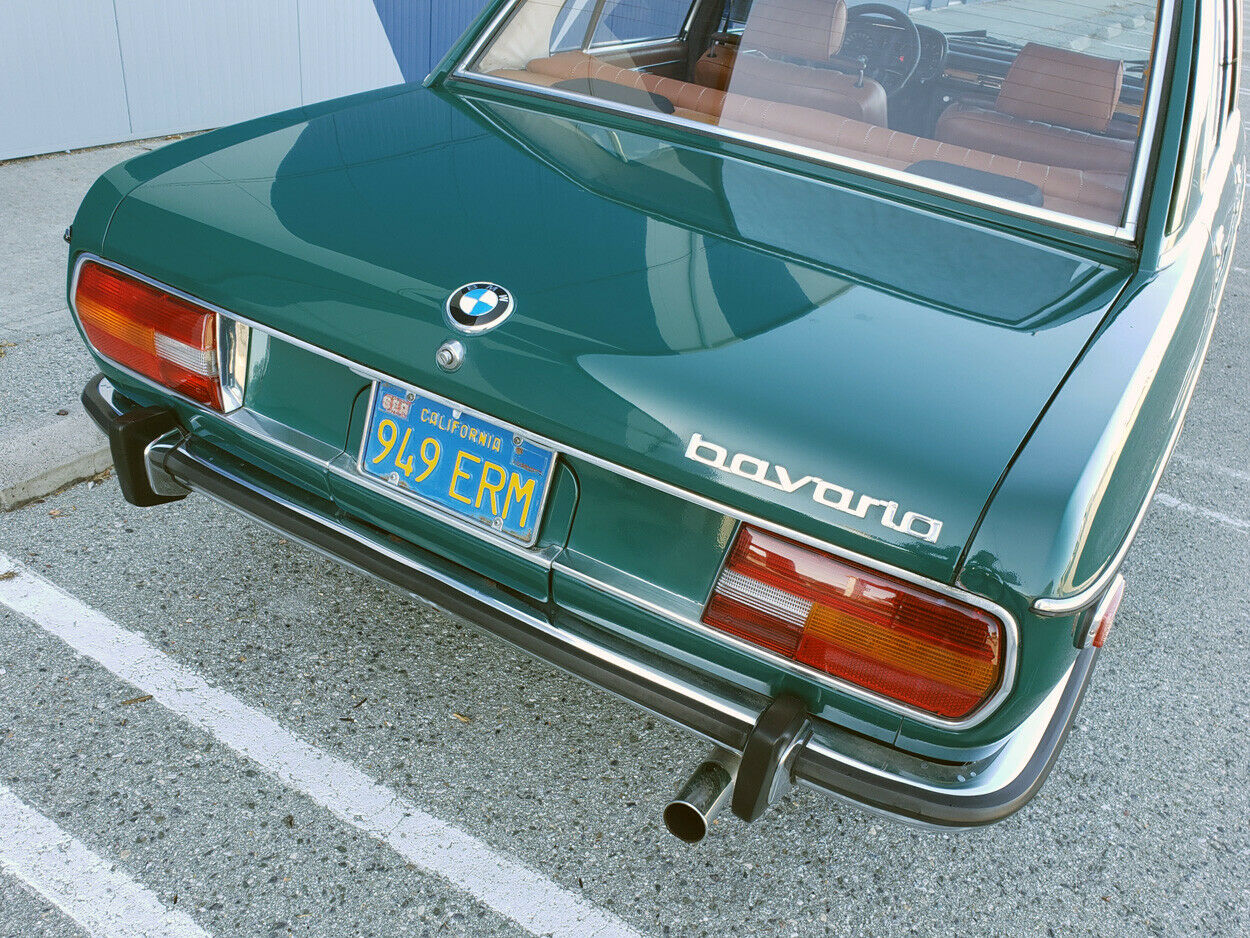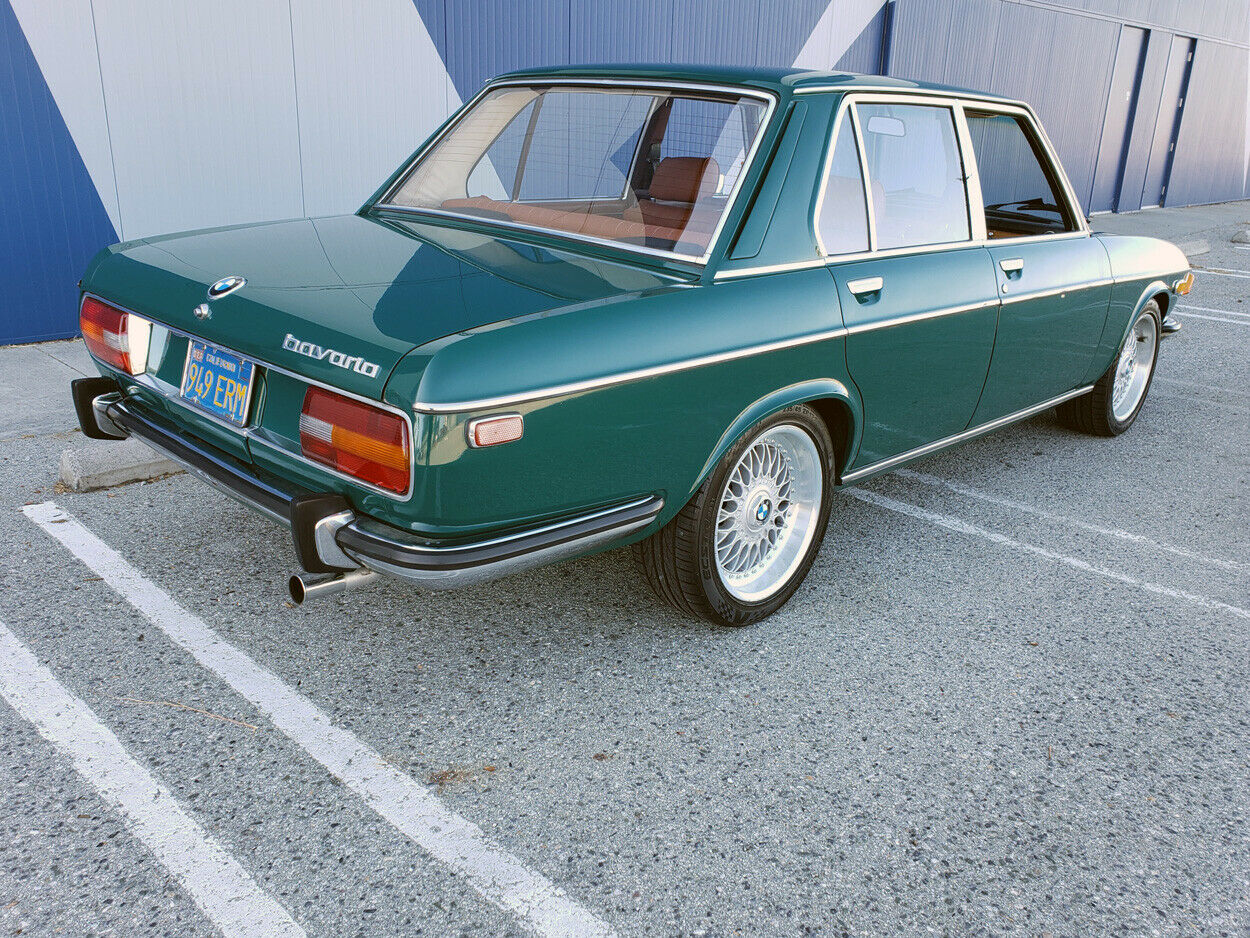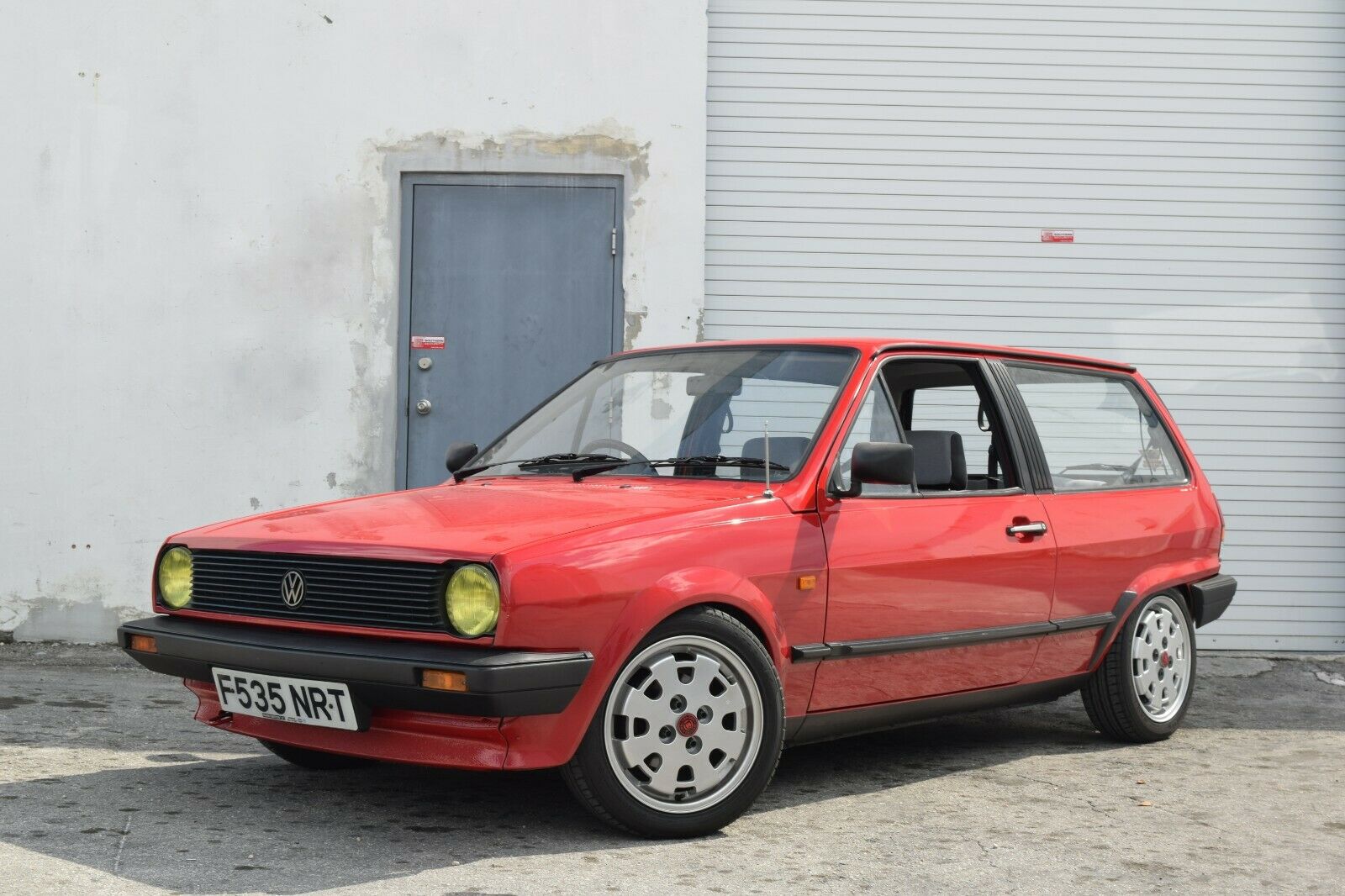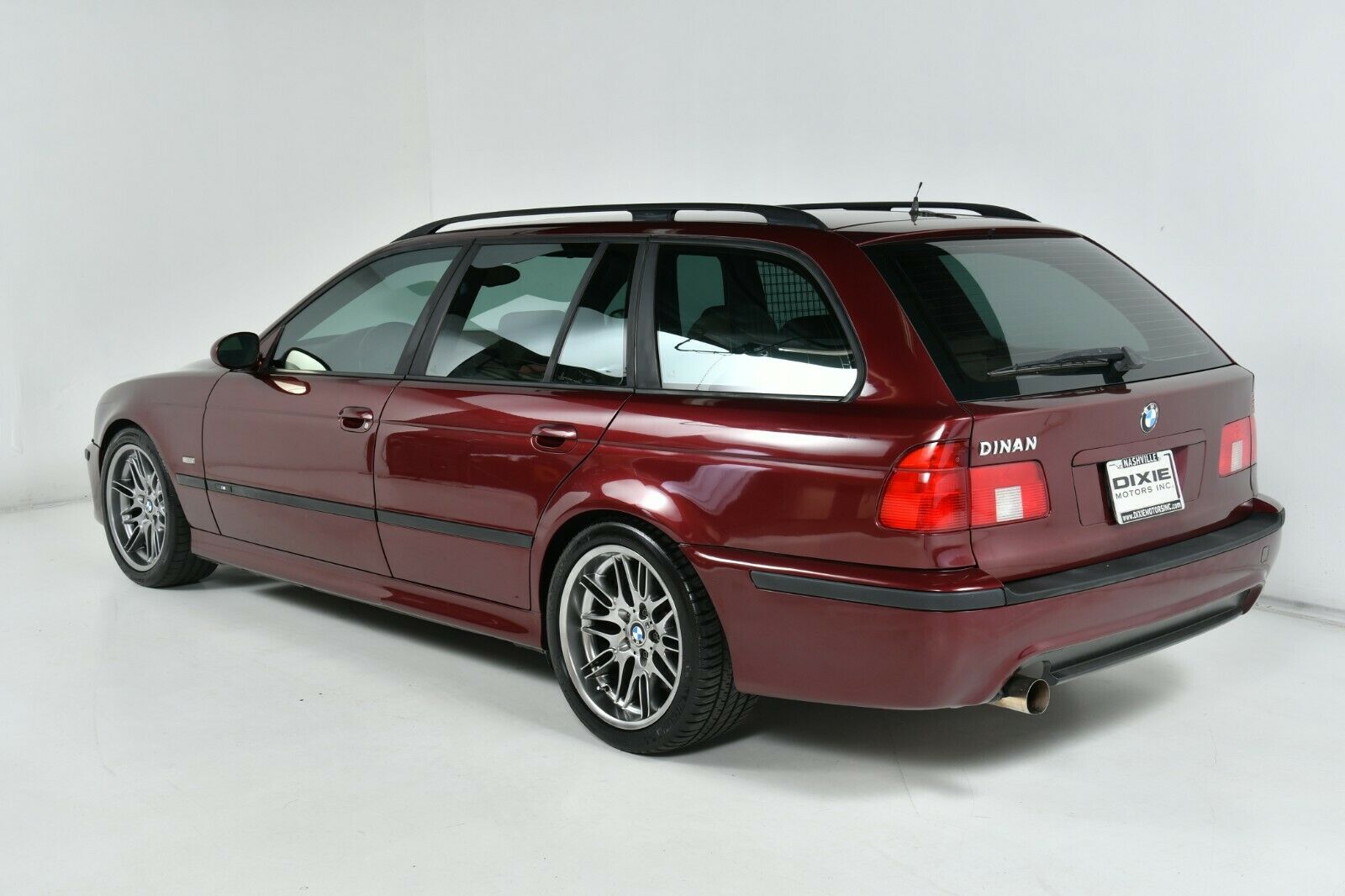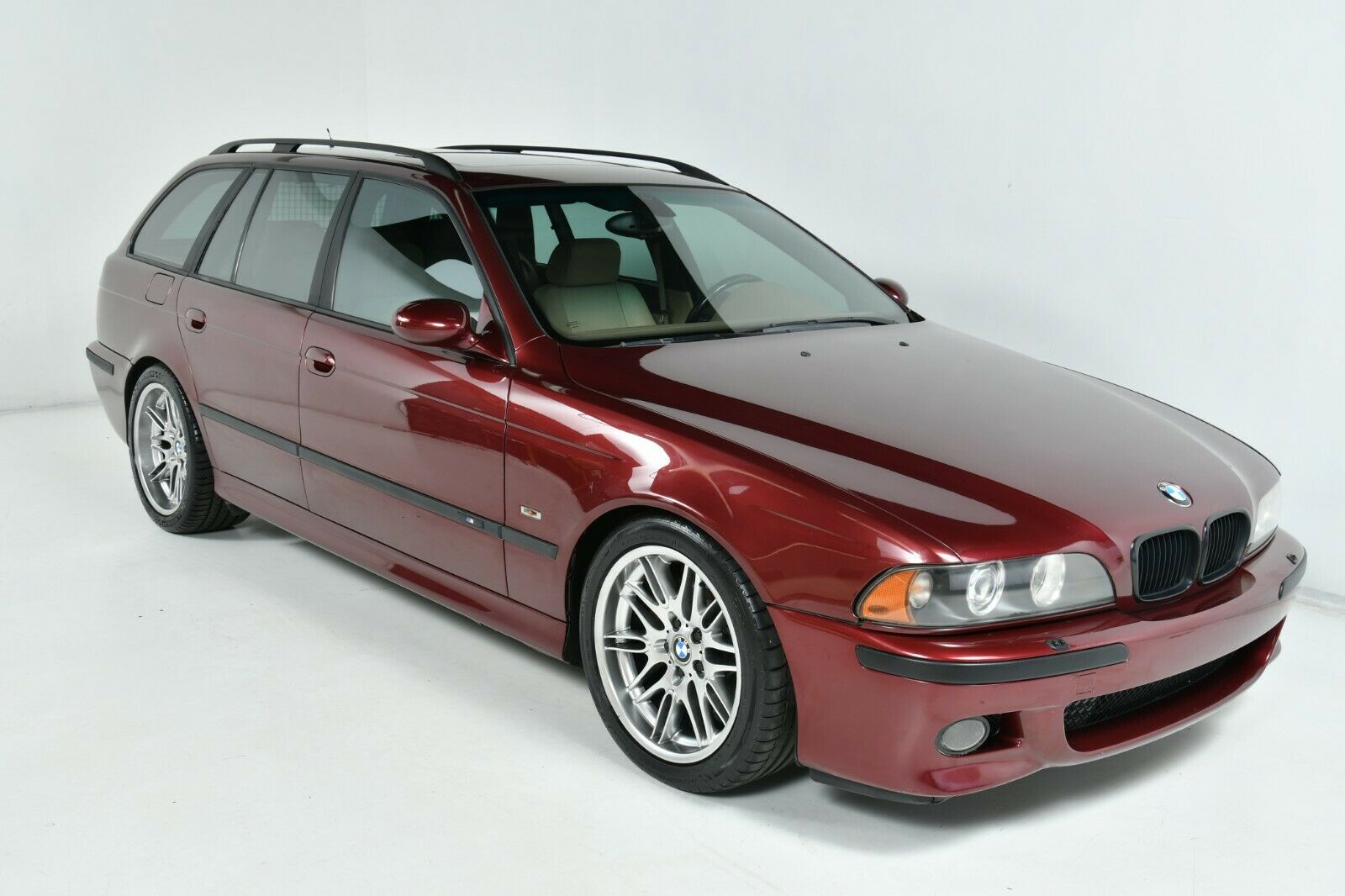When BMW upped its game in the E36 chassis with the introduction of the M3, specialty tuner Alpina answered with the B3 3.0 and later 3.2 in step with BMW. The successor of the slightly less powerful B6 model, the B3 kept many of the same improvements to the E36 chassis – unique stabilizers, springs and shocks, and larger brakes. Inside the B3 received the normal Alpina-style shift knob, steering wheel and seats, and in their typical style Alpina provided unique front and rear spoilers along with their own badging. Of course, the package was rounded out by some of the best looking wheels ever fit to a BMW. While the B3 was down on power to the European M3 3.2, it wasn’t really much slower – again in typical Alpina fashion, the car was tuned to make the most of the power that was available rather than just provide a shockingly high output number. A reported 1,000 of these ultra-exclusive B3s were produced, with about 2/3rds of those being the earlier 3.0 model, and in four different configurations – Coupe, Cabriolet, Touring and Sedan. This is one of the 741 3.0s made of which 339 were sedans, and it poses the interesting question – would you rather have this or the European-spec M3 I just looked at?
Author: Carter
I have a soft spot for the Bavaria. It’s not because it’s the best looking BMW from the 1970s, nor the fastest. It’s not the most collectable, either – but as a result, the Bavaria might just be the rarest of the 1970s BMWs. To me, I can appreciate this coming from a background of loving Audis – most of which are quite rare today. The look of the Bavaria is even very similar to the Audi 100, and like the 100 very few examples are left kicking around. Also like the Audi 100, people will always be glad to see it, and I’m sure many have stories involving Bavarias. As with the old Audis, it’ll be a mix of people who smile and immediately start to tell you their wonderful BMW story and the balance of the masses who simply ask “What is that?” But the Bavaria was nonetheless an important move for BMW, taking on the larger executive market with an upscale big-body 4-door and that famous M30 power:
CLICK FOR DETAILS: 1972 BMW Bavaria on eBay
3 CommentsAs I mentioned in my Audi A4 TDI post, the VAG community loves things that are different; and any Volkswagen Polo that makes it to the U.S. is certainly different since the model was never sold here. The Polo launched in 1975 as a rebadged Audi 50, but managed to outlive the car that it was based upon by some good measure. In 1981, the second generation debuted on the A02 platform – a standalone for the model and its be-trunked twin, the Derby (also not sold here). These super-minis were intended to be cheap and efficient; very basic equipment was met with very basic engines, though there was a GT version and an even cooler supercharged G40 model which we’ve looked at previously.
Today’s example is none of those. This is the basic 2-door wagon model that looks a bit like a delivery van. I had a friend I went to visit in Germany, and he and his girlfriend shuttled me around in a Polo not too dissimilar to this. A Volkswagen fan, I loved being in a model that wasn’t available in the States, but I did get the distinct impression that for many Germans ownership of a Polo was akin to a venereal disease. It was something you had to live with and couldn’t easily get rid of, and you really didn’t want anyone else to know you had it. But because these are different than the run-of-the-mill A2s, are they desirable today?


